By the time Mako, a Japanese Princess, returned from University, she had decided to marry Kei Komuro. Mako and Komuro met in 2012 at a higher institution. Their love blossomed and later became so strong that it swallowed everything in its way. Even Mako’s highly revered Japanese royal family membership was no match.
According to centuries-old Japanese tradition, a Princess could only marry an ordinary citizen if she would lose her royal status and become a commoner like her spouse. But Princess Mako wasn’t fazed. She was ready to risk it all for the love of her life. By the time they announced their engagement in 2017, it was clear that the die was cast.
Initially, everything went smoothly. However, the royal family couldn’t convince her to reverse her decision, and the wedding was going to be held. The whole of Japan was excited. It was a fantastic love story. The couple was also awed by the press.
Several photos captured the couple’s charming smiles and their undeniable chemistry. Surely, they were made for each other. However, things quickly took a negative turn.
News about Komuro’s family began to spread two months after their engagement. A money scandal between Komuro’s mother and her former fiancé made the headlines. The estranged lover alleged that Komuro and his mother owed him money and had refused to pay back.
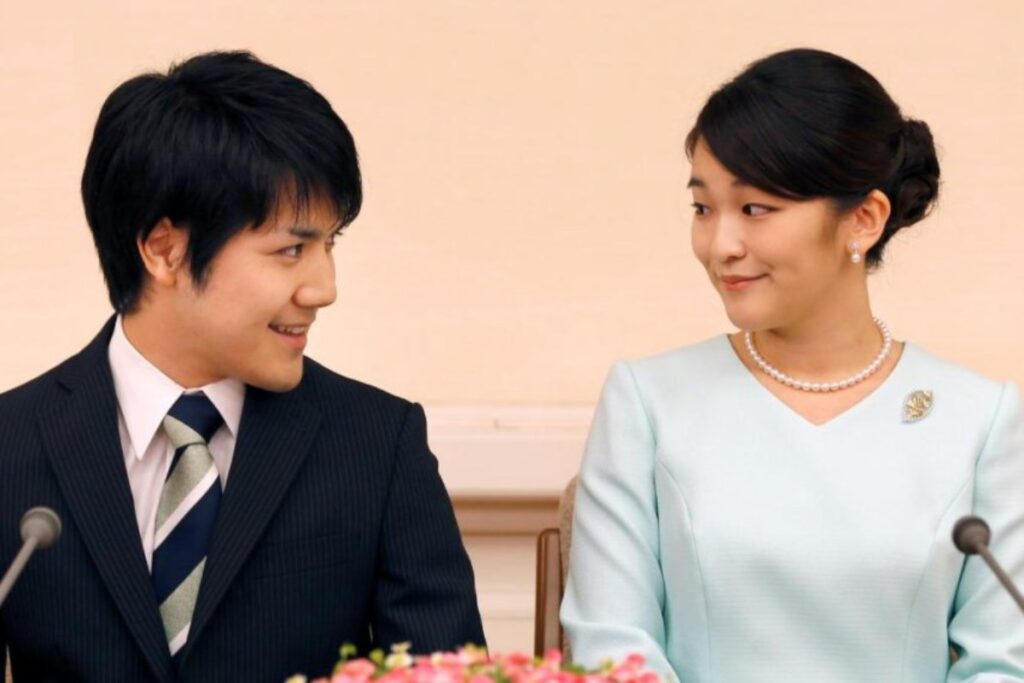
Mako and Komuro soon began to lose public admiration and support. Consequently, they decided to put the wedding plans on hold. But Mako was determined to marry her heartthrob. His charming personality captivated her, especially his “bright smiles like the sun.”
But Princess Mako wouldn’t be the first royal to give up their crown for a ring. Equally fascinating examples are littered throughout history, a testament to the power of love. Let’s check out some of the most intriguing stories of love swallowing royalty.
How Princess Mako and Komuro Defied the Odds
There were early signs that Princess Mako wasn’t a conformist. She had her dreams and wouldn’t be restricted by tradition. The first child of the emperor’s younger sibling, Prince Akishino and his wife Princess Kiko, Princess Mako had many eyes on her.
She was expected to uphold the royal family’s tradition and be an example to the younger royals. But she was built differently. Born in October 1991, she attended the prestigious Gakushuin school as expected of all royals. But that was the end of her compliance.
She refused to attend the school for her university education. Instead, she preferred to study art and cultural heritage at the International Christian University in the nation’s capital of Tokyo. She later moved to the University of Edinburgh, where she completed her studies.
Afterward, she bagged her master’s degree at the University of Leicester. While she pursued higher education, she met Komuro, her age mate. Their love journey ran smoothly until the wedding-threatening scandal.
Following the negative press about his family, Komuro left Japan in 2018. He enrolled to study law in New York. The couple kept in touch online until Komuro returned in September 2020. Their marriage was held in October 2021.
Princess Mako was entitled to a customary fee of $1.3 million for losing her royal status. But to the family’s surprise, she refused to take the money. She was the first person in the royal family to reject it.
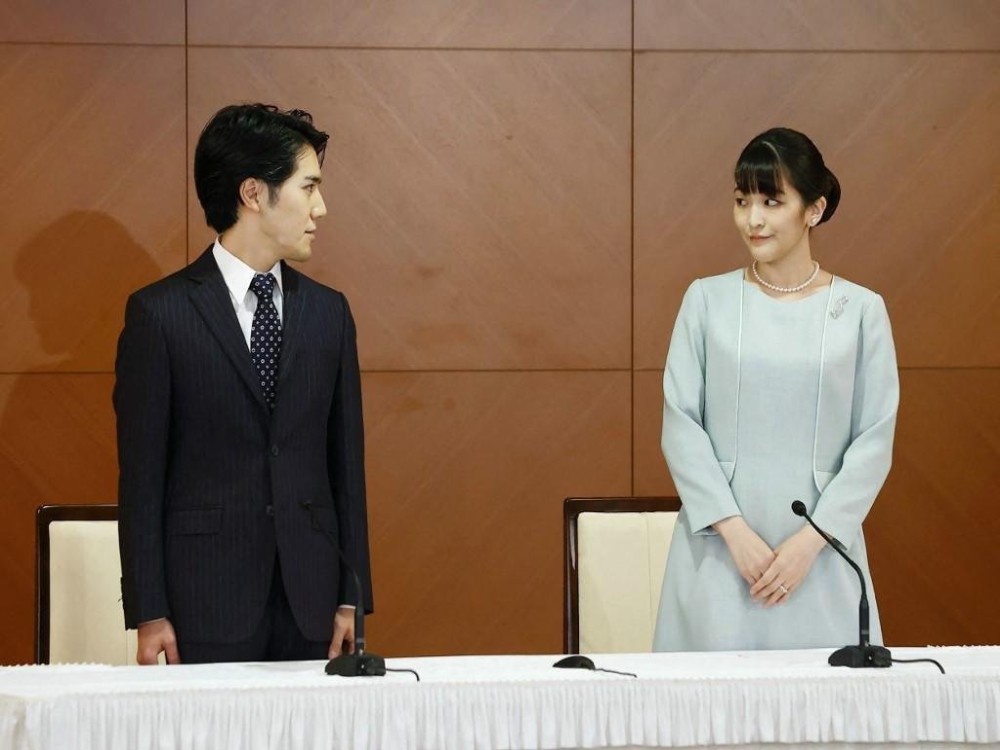
Even though Princess Mako and her husband, Komuro, had their way, they did so at some unfortunate cost. Just after their marriage, the princess battled post-traumatic stress disorder. The negative press coverage concerning her marriage had taken a toll on her mental health.
But for Princess Mako, it was all worth it. Love conquers all. Speaking after their wedding ceremony, Mako said, “Kei (as she fondly calls Komuro) is irreplaceable for me. For us, marriage is a necessary choice to live while cherishing our hearts.”
On his part, Komuro also had sweet words for his new wife. “I love Mako. I want to spend the only life I have with the one I love,” he told journalists. With Mr. Komuru already practicing law in New York, the couple relocated to the Empire State to continue their love’s journey.
Princess Mako’s story is one of determination and unusual passion. It is a testament to the power of love. But she isn’t alone. Others have stood where she stood in history. Let’s see other examples of royals who sacrificed their enviable status for romance.
King Edward VIII (Britain)
In the 1930s, the occupant of the British throne, King Edward VIII, found a woman to be more desirable than royalty. In what has become one of the most dramatic abdications in history, King Edward VIII was determined to marry Wallis Simpson no matter what.
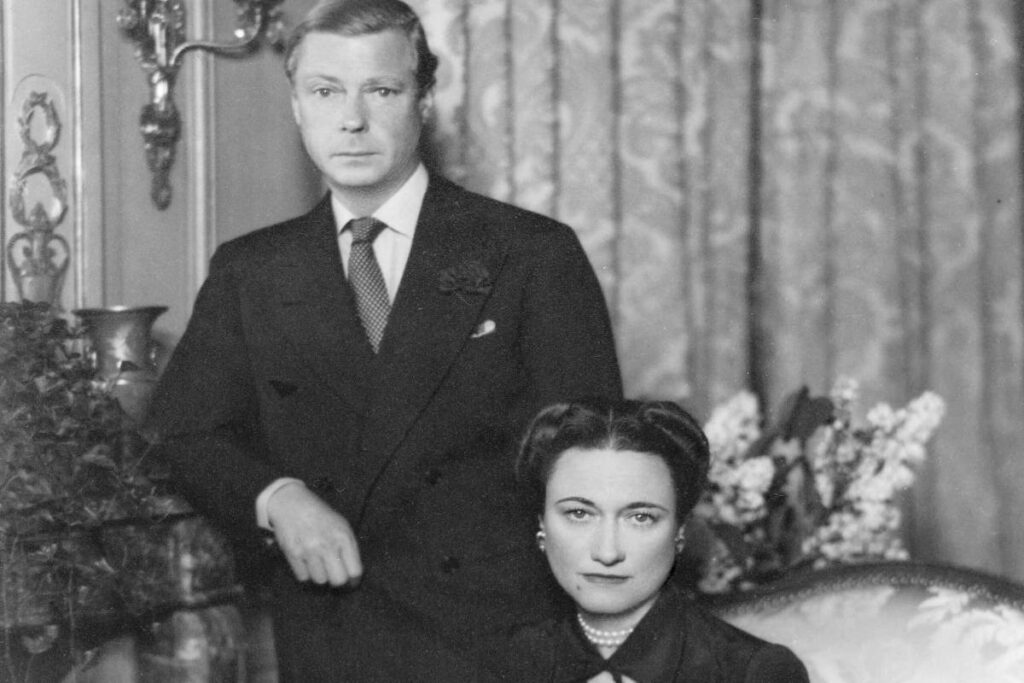
Born in 1894, King Edward ascended the throne on January 20, 1936. Britain was excited to have a new king after his father’s death, King George V. But one year after taking power, King Edward shocked Britain. He wanted to marry Simpson, whom he had met through friends.
But there was one challenge. The king’s status as the church leader meant he couldn’t violate church rules. One of these rules frowned on the remarriage of divorcees. Simpson had married and divorced twice before.
King Edward faced fierce opposition from the Church of England. But Edward was adamant. He wouldn’t rule without the “help and support of the woman I love.” Eventually, he left the throne for his younger brother, who was crowned King George VI.
Princess Sayako (Japan)
Princess Sayako, like Princess Mako later did, was determined to marry the love of her life, Yoshiki Kuroda. Born in April 1969 to Emperor Akihito and Empress Michiko, Sayako attended the elite Gakushuin University, where she studied Japanese language and literature.
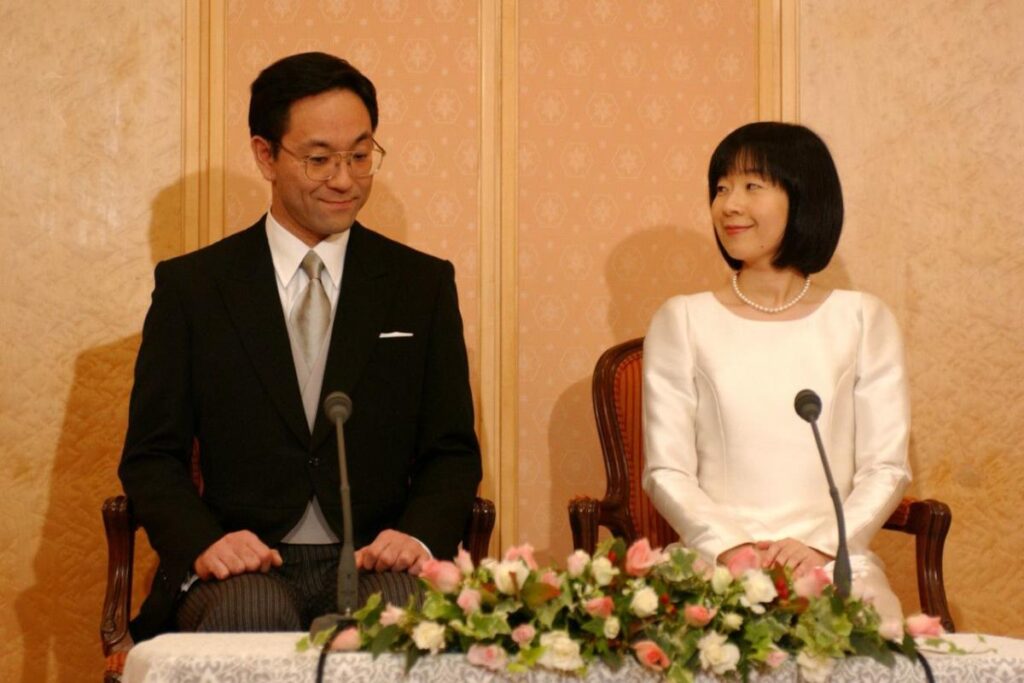
For a long time, she was a model princess. She fulfilled her royal responsibilities, including attending events. In addition, she engaged in some humanitarian work. But marriage was about to change her life significantly.
She met Kuroda, a town planner, through her brother, Prince Naruhito, and fell in love with him. But tradition was going to stand in their way. She could only marry a commoner if she left the throne. She made her choice. It was Kuroda.
After their marriage in November 2005, Sayako kissed her royalty goodbye. She received her traditional payment of $1.3 million and left with her husband for Tokyo. There, she had to learn domestic chores, including how to cook, things she was shielded from as a royal.
Prince Friso (Netherlands)
Born Johan Friso in September 1968. Prince Friso was the second son of the Netherlands’ royals, Queen Beatrix and Prince Claus. He met the love of his life, Mabel Wisse Smit, in 2001. She was an economist and social advocate.
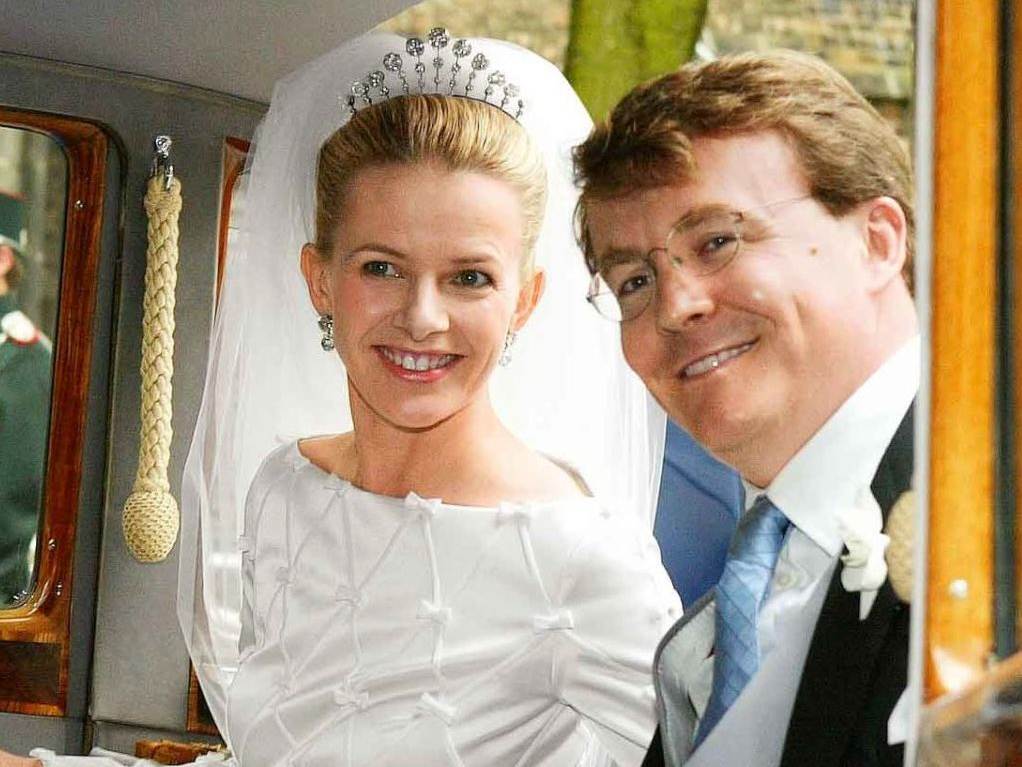
In line with the royal tradition of seeking parliamentary approval for spouses, Smit appeared before the lawmakers for screening. She was quizzed about her ties to a dead Dutch criminal, Klaas Bruinsma. Unsatisfied with her explanations, the parliament disqualified her.
But Prince Friso wasn’t pleased with their decision. He was determined to go ahead with the union. To do so, he had to forfeit his royal status. His decision was less chaotic since he wasn’t the direct heir to the throne.
The pair married in April 2004. After the wedding, they lived in London until Friso died in a skiing accident in 2012.
Prince Philip (Greece and Denmark)
Prince Philip was born on June 10, 1921, into the Greek royal family. His parents were Prince Andrew of Greece and Denmark and Princess Alice of Battenberg. Prince Philip met Princess Elizabeth in 1939.
Princess Elizabeth was royalty and the next in line to the British throne. However, the King and Queen of England weren’t happy about Elizabeth’s choice. Several reasons, among them, his family had ties with Germany. Some of his sisters married German men.
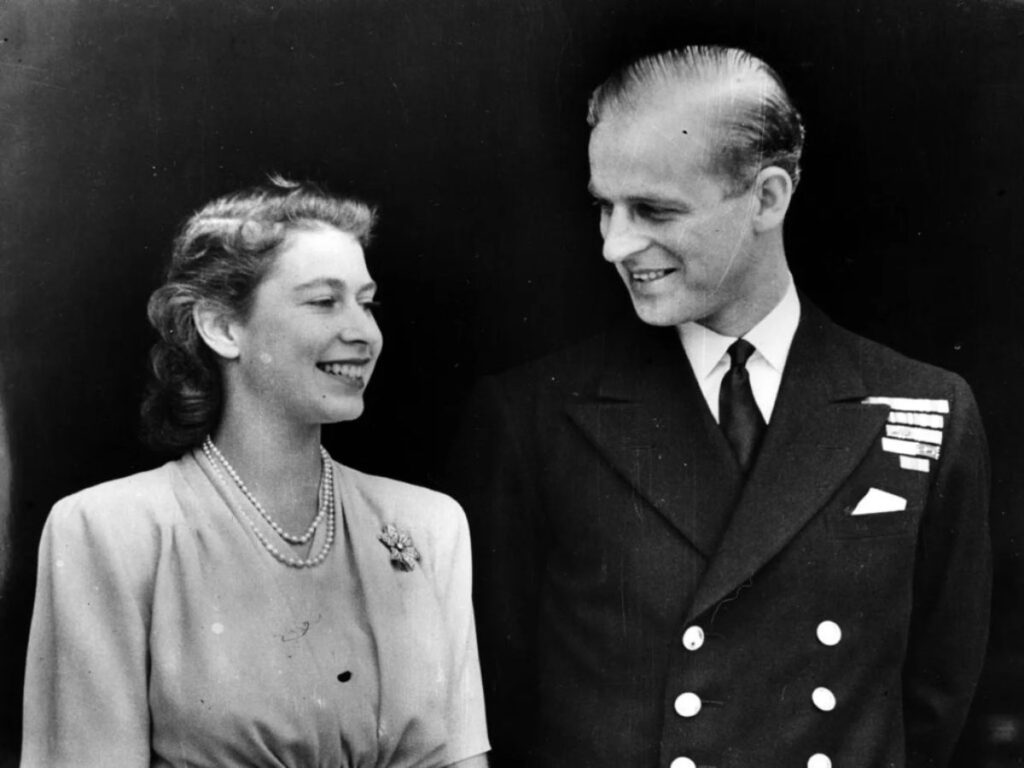
Any link with Germany was frowned upon after a fierce battle against the German Nazis. To marry Elizabeth, Prince Philip had to forfeit his family ties and drop his royal status. He also had to become a British citizen and convert to the denomination of the Church of England—Anglicanism.
Finally, Philip and Elizabeth tied the knot in November 1947. The elaborate and much-publicized wedding took place at Westminster Abbey. Although some sections of the public continued to oppose Elizabeth’s choice of Prince Philip, most people were impressed with the couple.
In 1952, Princess Elizabeth ascended the British royal throne to become Queen Elizabeth II. Her husband stood by her like he had always done. Like the others, Prince Philip gave up his enviable privileges for love. Can anything stand in the way of love?

